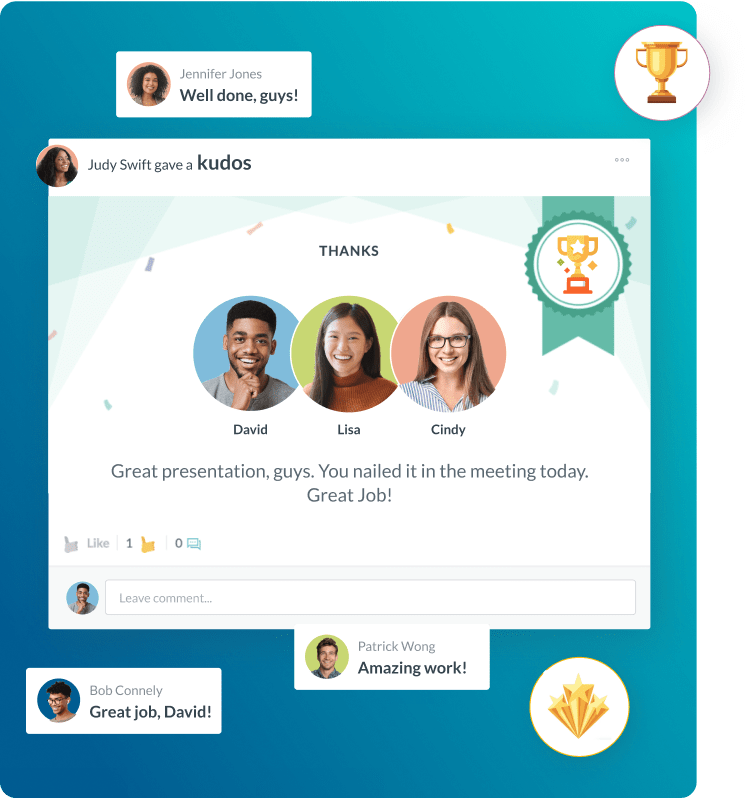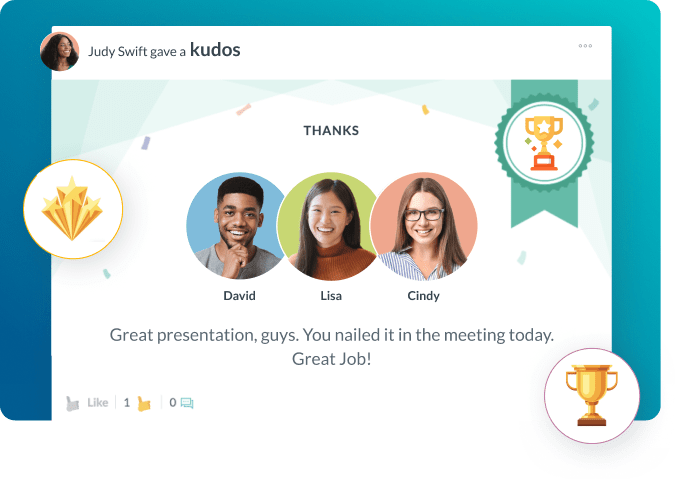Shift Scheduling
- Key Takeaways on Effective Shift Scheduling
- Comparing Scheduling Methods: Manual vs. Automated Systems
- Best Practices for Strategic Shift Schedule Optimization
- Pitfalls to Avoid in Shift Scheduling
- Industry Applications of Strategic Shift Scheduling
- Implementation Plan: A Step-by-Step Guide to Adopting a New Scheduling System
- Future Outlook and Trends in Shift Scheduling
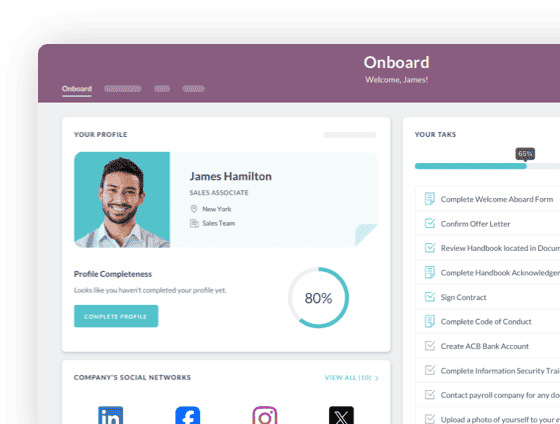
 Cut onboarding time
by 60%—here's the
Ultimate Checklist
that helped do it.
Cut onboarding time
by 60%—here's the
Ultimate Checklist
that helped do it.
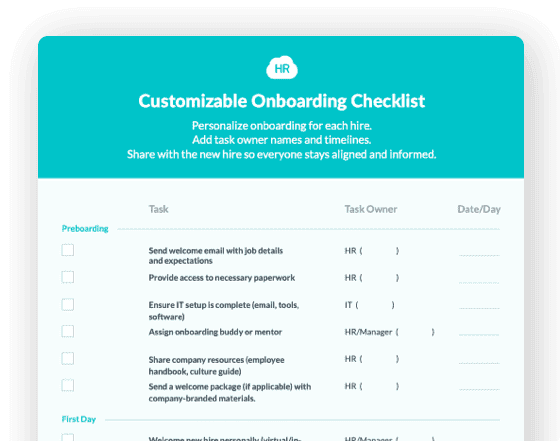
Effective shift scheduling is key for many businesses. This is especially true for retail, healthcare, manufacturing, and hospitality. Scheduling is more than just assigning time slots. It is a vital strategic function. It directly affects labor costs, employee engagement, customer service quality, and overall productivity. Simply put, shift scheduling organizes work hours for employees. This applies to jobs needing coverage outside of a standard 9-to-5 day. It also applies to businesses that need multiple staff at different times. Business leaders must master this process for good operational efficiency. It makes sure the right number of skilled workers are in the right place at the right time. This prevents two costly problems: understaffing leads to burnout and poor service, while overstaffing wastes money. Strategic workforce management must include this basic process.
Good shift scheduling is very important for a business. It links your long-term plans with daily work. Bad scheduling can quickly cut into profits. It can also hurt employee morale and cause you to break labor laws. This includes rules on overtime and required rest breaks. On the other hand, a good system helps your business grow. It uses resources well. It also offers the flexibility employees want now. This helps keep workers satisfied and boosts retention. Every decision-maker who wants a competitive edge must understand employee scheduling.
Key Takeaways on Effective Shift Scheduling
Optimizing your shift scheduling requires you to understand its main parts and its strategic value. These principles guide managers and executives in their decisions.
Cost Control:
Smart scheduling is the best way to manage labor costs. Labor costs are often the largest expense for many companies. Smart scheduling keeps overtime low. It stops "schedule padding." This makes sure that your labor spending matches your actual business needs.
Operational Efficiency:
Proper staffing levels lead to smoother operations. This means less wasted time in manufacturing. It means faster service in retail, and better patient care in healthcare. It ensures every task has the people needed to finish it well.
Compliance and Risk Mitigation:
New scheduling tools and practices help your business follow complex federal, state, and local labor laws. These laws cover hours worked, meal breaks, and predictive scheduling rules. This greatly lowers your risk of expensive penalties and lawsuits. Staying compliant is a major factor in human resources management.
Employee Retention and Morale:
Giving employees fair, predictable, and flexible schedules really boosts their morale. When employees feel their time is respected, they stay committed to the job. They stay longer, and this lessens the burden of continuous recruitment. To better support your team's needs, consider adopting a robust time and attendance solution.
Customer Experience:
Customer satisfaction depends on having enough staff. When you have enough staff during busy times, customers get quick, high-quality service. This builds brand loyalty and drives repeat business. According to a Gallup poll, well-scheduled, engaged employees are key to keeping customers.
Comparing Scheduling Methods: Manual vs. Automated Systems
The way a company handles shift scheduling greatly affects its results. Moving from old, manual methods to modern, automated solutions is a key strategic decision for any growing business. The table below highlights the main trade-offs.
|
Feature |
Manual Scheduling (Spreadsheets, Paper) |
Automated Scheduling Software |
|
Setup & Maintenance |
Low start cost. High, ongoing time cost for managers. |
Higher start cost. Low ongoing time cost once set up. |
|
Accuracy & Errors |
High risk of human error, double-booking, and compliance mistakes. |
Very few errors. Has built-in checks for rules and real-time warnings. |
|
Time to Create Schedule |
Takes days or hours, especially for large or complex workforces. |
Takes minutes. Uses stored data and pre-set patterns. |
|
Compliance & Laws |
Only works if the manager knows all the laws. High risk of breaking rules. |
Automatically tracks labor laws, overtime rules, and union agreements. |
|
Employee Communication |
Hard to manage. Uses calls, texts, or paper. Leads to miscommunication. |
Real-time mobile access. Has integrated shift-swapping and instant alerts. |
|
Data & Analytics |
Almost non-existent. Hard to look at labor trends or cost impacts. |
Strong, on-demand reports. Offers labor forecasting and budget checks. |
|
Cost Efficiency |
Often costs more due to overstaffing or too much overtime because of bad planning. |
Staffs according to demand. This leads to big long-term labor cost savings. |
Best Practices for Strategic Shift Schedule Optimization
To move past simply filling shifts, you must optimize your schedule with focused action and the right tools. These best practices are key to maximum efficiency, compliance, and employee happiness.
Forecast Demand Accurately:
The schedule must start with knowing when you need workers. Use past data—like sales, customer traffic, or production amounts—to predict future labor needs exactly. This data-driven method makes sure you staff only for demand. It cuts out costly gaps or surpluses. Integrate this forecasting with your existing HR software solutions.
Prioritize Employee Preferences and Fairness:
Create a system to collect employee availability, shift choices, and time-off requests. Schedules should be clear, fair, and treat everyone equally for less popular shifts. This creates goodwill and greatly reduces voluntary turnover. Offering options, such as the ability to self-manage through mobile human resources management, is essential.
Ensure Labor Law Compliance Automatically:
Use modern scheduling software that enforces local rules automatically. This includes rest breaks, meal periods, limits on back-to-back shifts, and overtime thresholds. This is a must for reducing legal risk and being ethical.
Integrate Scheduling with Payroll and Time & Attendance:
Connecting these systems removes the need to manually enter data. Manual entry is a major cause of payroll mistakes and wastes manager time. When the schedule is linked to time tracking, payroll runs faster and is much more accurate.
Embrace Employee Self-Service:
Let employees see their schedules, ask for shift swaps (with manager approval), and sign up for open shifts using a mobile app. This puts power in the hands of the workers. It reduces manager work and quickly fills last-minute gaps. Empowering employees with tools like an employee self service portal is a game-changer for operations.
Continuously Review and Adjust:
Your schedule should be treated as a living document. Check labor reports often. Compare the hours you planned versus the hours people actually worked. Also, check them against business results (like sales per hour). Use these findings to improve your scheduling rules and plans for the future. According to a Harvard Business Review analysis, this review cycle is vital for long-term operational success.
Pitfalls to Avoid in Shift Scheduling
Even with good intentions, businesses often fall into scheduling traps. These traps erase efficiency gains and hurt employee relations. Decision-makers must know and actively avoid these issues.
Ignoring Predictive Scheduling Laws:
More and more places require employers to give staff advance notice of their work schedules. They often require "predictive pay" for last-minute changes. If you do not follow these labor management rules, your business faces big legal and financial risks.
Over-relying on Overtime:
Using overtime too often for chronic understaffing is an expensive mistake. Overtime is needed in an emergency, but consistent use greatly raises labor costs. It also quickly leads to employee fatigue and burnout. This directly harms safety and productivity.
Lack of Communication and Transparency:
If managers create schedules in private without employee input, it causes anger and confusion. Also, not giving staff a clear way to see the schedule harms trust. It forces staff to constantly ask managers for confirmation, which creates needless administrative work.
Scheduling Without Skill and Certification Checks:
Just filling a slot with any available person is wrong. This is true in regulated fields like healthcare or manufacturing. The schedule must check for required training, certifications, and specific job skills. This ensures tasks are done safely and correctly. Utilizing a robust human capital management system can help track these key credentials.
Using Spreadsheets for Complex Operations:
Spreadsheets work for a small team. However, using manual methods for a large workforce or one with multiple locations and complex rules is simply not sustainable. It guarantees mistakes, wastes manager time, and will fail compliance checks.
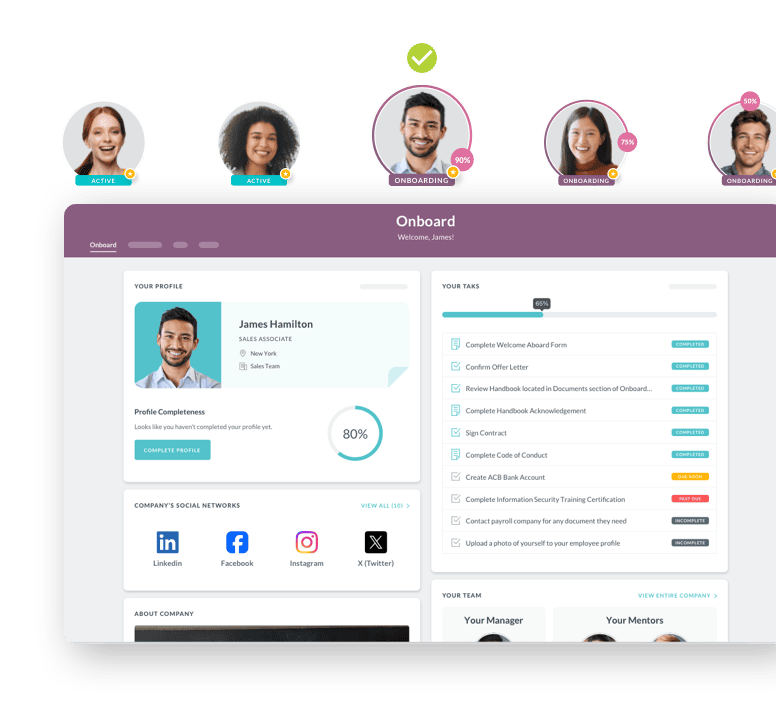
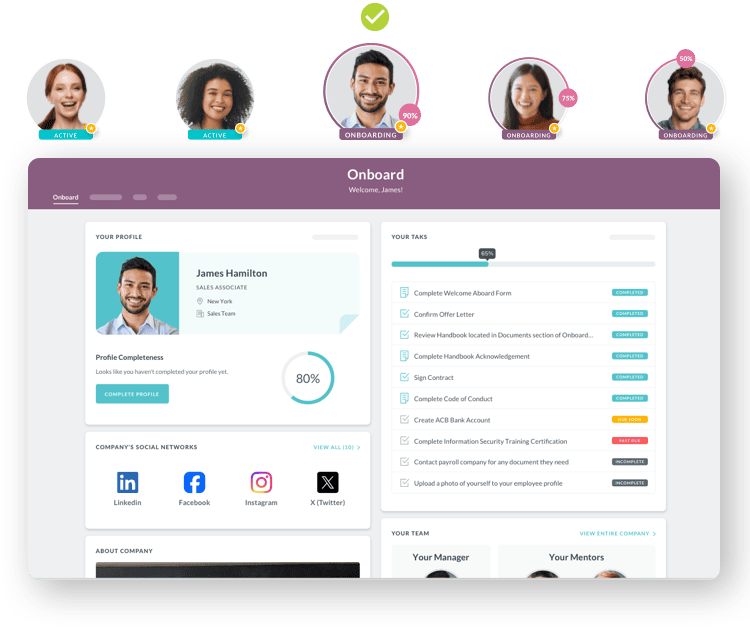
Industry Applications of Strategic Shift Scheduling
The rules of effective shift scheduling work across any industry that runs outside of typical office hours or needs flexible staffing. Understanding how different sectors use this strategy shows how versatile and impactful it is.
Retail and Consumer Services:
In retail, the main problem is matching staff to changing customer traffic. Smart scheduling uses Point of Sale (POS) data to find busy times (like lunch rush or weekends). It ensures the right number of managers, floor staff, and cashiers are present. Example: A big retail chain uses an automated scheduling system. It schedules its best salespeople during the hours expected to have the most foot traffic. This improves sales, rather than just covering the shift. They also use the system to manage part-time hours. This avoids crossing benefit eligibility limits for employees who prefer to stay below those limits.
Healthcare and Hospitals:
The risk in healthcare scheduling is very high. Understaffing directly affects patient safety and care quality. The challenge is complex. It involves 24/7 operations, many credentials (RN, LPN, Tech), and strict nurse-to-patient ratios. Example: A regional hospital system set up a flexible staffing pool. It uses an online shift-bidding system. This lets qualified nurses pick up open shifts, which quickly fills unexpected gaps. The software automatically checks their credentials. It also ensures the hospital stays within all required patient-to-staff ratios. This stops both over- and understaffing crises.
Manufacturing and Production:
For manufacturing, scheduling aims to reduce machine downtime. It ensures a constant flow of skilled workers across production lines. These often run 24/7. Shift rotations must be managed to prevent tiredness and keep safety high. This is key in precision-based jobs. Example: An auto parts maker uses a rotating shift schedule (a "continental" pattern). This gives employees longer breaks between blocks of work. This is known to make people more alert and lower industrial accidents. The scheduling system tracks required maintenance times. It makes sure the specific engineers and technicians needed are scheduled when those downtimes happen. This maximizes overall plant output. Further guidance on time and scheduling can be valuable for these operations.
Implementation Plan: A Step-by-Step Guide to Adopting a New Scheduling System
Getting a new or better shift scheduling system needs clear planning, backing from leaders, and a rollout in stages to ensure success.
1. Assess Current Needs and Define Goals (30 days):
First, look at your current scheduling process. Write down all the problems (time spent, errors, complaints, overtime costs). Next, decide what features you must have (mobile access, compliance rules, payroll integration). Finally, set clear goals (KPIs). For example, "cut unbudgeted overtime by 15%" or "cut manager time spent on scheduling by 50%."
2. Select and Configure the Right Technology (60–90 days):
Choose a modern, cloud-based scheduling platform. Make sure it meets your needs and can grow with your business. Look for systems that are part of a broader HR cloud solution. Upload employee data. Set up all labor rules. Build shift templates. Link the system with your payroll and time-tracking tools. This technical setup is the most important step.
3. Pilot Program and Training (45 days):
Start with a small, test department or location. This lets you find any flaws in a low-risk setting. Train managers fully on the scheduling and forecasting tools. Train all employees on how to see their schedules, ask for time off, and use the shift-swapping feature on the mobile app.
4. Phased Company-Wide Rollout (Continuous):
Launch the system to the rest of the locations or departments in stages. Use what you learned from the pilot group. Clearly tell all managers and employees the benefits of the new system. Stress how it improves fairness and transparency.
5. Review, Refine, and Optimize (Ongoing):
After the first two full scheduling cycles, check the goals (KPIs) you set in Step 1. Did you meet your goals for cutting overtime or improving efficiency? Use the system’s reports to continuously adjust your scheduling rules and plans. For example, if you consistently need an extra person on Friday mornings, update that template forever. This process of always improving turns the tool into a strategic asset.
Future Outlook and Trends in Shift Scheduling
Technology and changing worker needs are shaping the future of shift scheduling. People want more work-life balance and flexibility. Business leaders need to prepare for these changes to stay competitive and keep a productive, engaged workforce.
Artificial Intelligence (AI) and Machine Learning:
AI is the biggest change coming to scheduling tools. Future systems will use machine learning to look at thousands of things in real time. This includes weather, local events, social media trends, and even individual employee data. They will use this to make almost perfect schedules. This hyper-accurate planning will almost stop over- and understaffing. This ability will be key for all future workforce planning strategies.
Increased Focus on Employee Wellness and Fatigue Management:
Society and regulators care more about employee well-being now. Scheduling systems will add advanced fatigue management features. They will not only enforce rest breaks. They will also use models to flag schedules that cause burnout. This includes too many shifts in a row or quick transitions ("clopening"). According to a Forbes analysis, caring for employee well-being is quickly becoming a competitive advantage.
Dynamic, Employee-Driven Scheduling:
The trend is moving away from managers forcing schedules. It is shifting toward flexible, employee-driven models. Systems will allow workers to self-schedule more often. Employees can pick shifts that fit their personal lives. The software will make sure all business needs and rules are met. This move toward employee freedom and better work-life balance is supported by data from Indeed.com, suggesting flexibility is a top priority for job seekers. For companies, this means lower turnover and better quality talent. Decision-makers must invest in highly dynamic and integrated software platforms today to take advantage of these future trends.
Keep Reading
The Hidden Metrics of Frontline Success: Beyond Engagement Scores
Embracing Diversity: Recognizing Different Cultures in the Workplace
Workplaces today reflect the incredible diversity of the world around us. People bring
From Manual to Automated: A Complete Guide to Digitizing Employee Onboarding for Large Organizations
Sarah Chen, Director of HR at a 7,000-employee healthcare organization, starts her Monday
Ready to streamline your onboarding process?
Book a demo today and see how HR Cloud can help you create an exceptional experience for your new employees.






